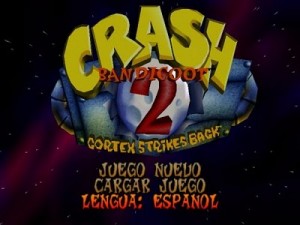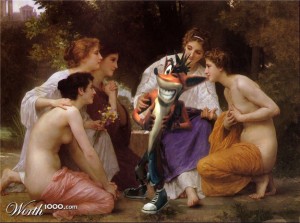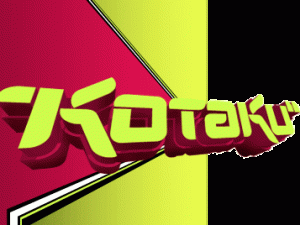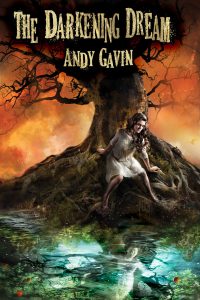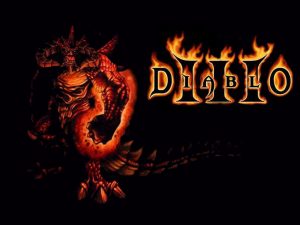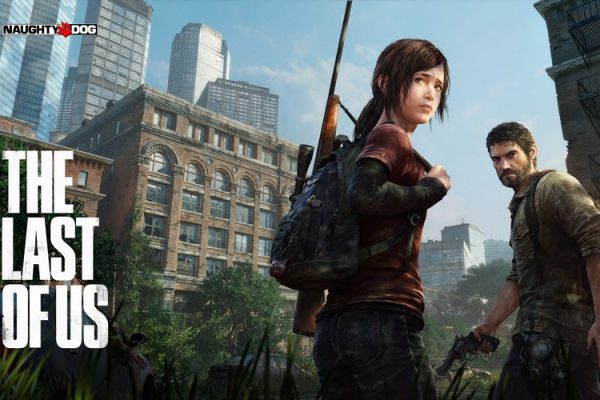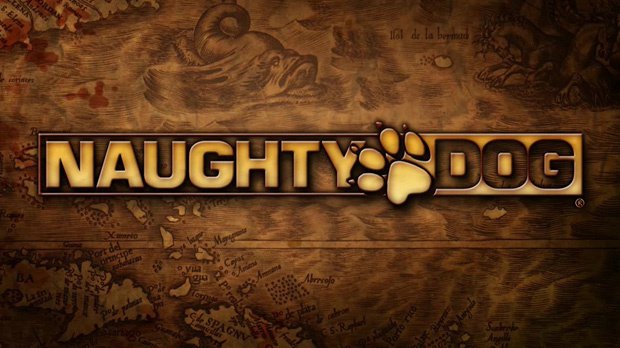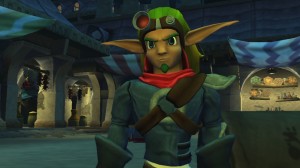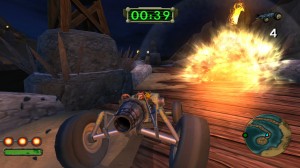An in-depth interview with Andy Gavin, creator of Crash Bandicoot and founder of Naughty Dog
Andy Gavin reflects and looks back on Crash Bandicoot, and Naughty Dog – calling Crash ‘…the really hot girlfriend that you dumped because of an important at the time argument’. He also offers some interesting perspectives on the games industry, drawing from his experiences – finally going on to tell us more about what he’s doing now, as a novelist – and how creating worlds has always been one of his great passions.

We interviewed Andy Gavin, the co-founder of Naughty Dog (with Jason Rubin) and creator of Crash Bandicoot. We asked Andy how he got in to the industry, about the inspirations, motives and ideologies behind Crash Bandicoot – one of the games industries seminal characters, and on on what makes a good videogame character. He also told us about the entirely different culture and ethos he built up at Naughty Dog – which meant putting the player first. We also asked him to reflect on his successes and ‘failures’ at Naughty Dog, about what he thinks of the company now and about his future plans. Today, Andy has turned his attention to writing – and is now an established novelist – so we also asked him about what he’s reading, and what he’s working on right now.

Just some of the highlights from this in-depth interview…
- “Jason and I wanted to take Donkey Kong Country style gameplay and make it 3D. We called it the “Sonic’s Ass” game.”
- “We wanted to do what Sega had done with the hedgehog and Warner Bros had done with the Tasmanian Devil and find some kind of animal that was cute, real, and no one really knew about… …we loved the word bandicoot.”
- “I’m sure the games are still widely played, probably more than any other PS1 franchise.”
- “Crash is a little like the really hot girlfriend that you dumped because of an important at the time argument. Then, years later when you run into her, find she’s a hooker with a crack problem’… ‘Naughty Dog on the other hand is the kid that grew up, got straight A’s at Harvard, then founded an internet company and made a fortune. Plus they still come home for the holidays and send Mom flowers on Valentine’s day.”
- “My writing fulfils a very similar creative outlet, namely building worlds.”
- “I don’t think the future [of games] will be better graphics – it’s not important any more. Part of it will be new business models of allowing certain aspects for free and charging for others. Making this all work in a way that doesn’t destabilise game balance will be a challenge” …”new ways of paying will have a huge effect on the structure of games”
- “One of the biggest was difficulties in integrating with radically different corporate cultures after acquisition… Jason and I always put customer and innovation first trying to do ambitious projectswith a very high level of execution. Sort of an Apple (with Jobs) model. Not all companies run this way. There are other models like “rip off the other guy cheaper.” This is valid, but we just never thought that way.”
- “Creating worlds and stories has always been one of my great passions. I’ve been doing it my entire life. With novels it’s very intimate and you have nearly infinite control”

What inspired you to start Naughty Dog – how did you get in to the games industry?
In the 1970s I was hugely into fantasy novels, fantasy role playing games, and early video games. When I first encountered a computer it was only natural that I tried to make games. Back then, unless you knew how to program, computers were pretty much good for a blinking cursor. Then about two years into my programming career I met Jason Rubin. My programs were better than anyone our age, and his art skills (particularly on the computer) were better than anyone else’s. It was a match made in heaven and we started working on games together. In those early days we called the company JAM Software, but we renamed it to Naughty Dog around 1985.
“Jason and I wanted to take Donkey Kong Country style gameplay and make it 3D. We called it the “Sonic’s Ass” game.”
What were the aims behind Crash Bandicoot – what was the brief? Was it to create a character to compete with Sonic and Mario, and to create a mascot character for Sony – or something more?
Yep. At that time character action was one of the most popular genres, and one of our favorites. Jason and I wanted to take Donkey Kong Country style gameplay and make it 3D. We called it the “Sonic’s Ass” game. And it was born from the question: what would a 3D platformer be like? Well, we thought, you’d spend a lot of time looking at “Sonic’s Ass.” Aside from the difficulties of identifying with a character only viewed in posterior, it seemed cool. Although we worried about the camera, dizziness, and the player’s ability to judge. When it seemed likely that Sony didn’t have a mascot character of their own we jumped on that too. Essentially we planed for Crash to become exactly what it did – but the fact that we were successful still stuns me.
We wanted to do what Sega had done with the hedgehog and Warner Bros had done with the Tasmanian Devil and find some kind of animal that was cute, real, and no one really knew about… …we loved the word bandicoot.”
What was the inspiration behind Crash Bandicoot – where did the concept come from?
We wanted to do what Sega had done with the hedgehog and Warner Bros had done with the Tasmanian Devil and find some kind of animal that was cute, real, and no one really knew about. We bought a copy of Tasmanian Mammals – a field guide and flipped through. The Wombat, Potoroo, and Bandicoot fit the bill. We loved the word bandicoot. Personality-wise we felt he should be goofy and fun loving, and never talk.

What was the symbolism and ideology behind the mannerisms, attitude and behaviour you gave Crash Bandicoot?
As the machine didn’t really have the power to pull off giving Crash a voice that wasn’t lame, we needed to use animation to draw in the player emotionally. This jived with one of our main design goals, which was to make the animation better than had ever been seen in a game before. We wanted at least Looney Tunes level quality, if not Disney level. Animation is an emotional language and our top flight cartoon character designers showed us how to convey the whole range of human motion in the exaggerated vocabulary of traditional animation.
What was the reasoning behind the colours you gave Crash Bandicoot?
Simple, Crash needed to pop against the background so you could see him easily. Since he lived in a natural world of greens and grays orange was the hottest and most complementary colour. Real animals want to blend. Cartoons want to pop.
Crash Bandicoot is of a few games which has a real cultural impact and it’s created an extremely loyal group of superfans – a fan community which is still going strong, producing fan art, writing ‘fan fictions’ – some devoting much of their life to a character you created. What are your feelings about being behind a cultural icon?
It’s amazing that this happened and I feel very gratified to be a part of it. I chalk up one of the main reasons the game was successful to the character’s iconic quality. Crash is a sort of every-creature. While he has his goofy side, his natural enthusiasm and willingness to rebound from any upset (literally) make him highly endearing.

Crash Bandicoot Fan Art is very popular – this piece is by ‘ZoDy’ on an online community for artists called DeviantArt
Could you share any interesting facts or ‘secrets’ about Crash Bandicoot that even the biggest superfans may not know?
The original Crash Bandicoot has an entire extra level on the disk that is not accessible without a cheat device. It’s called Slippery Climb and was a monstrously big and difficult “climb on the rainy castle wall” level. It was cut because it was too hard and we didn’t have time to balance it properly.
What makes a good videogame character?
Video game characters aren’t especially subtle, but they are appealing. They need to be visually distinctive, with clear expression of personality traits. Visually, Crash is orange, big head, and gloves. Then on the personality side, playful, resilient, not the brightest bulb, but willing to go the extra mile.
Would you say that seminal ‘mascot’ characters like Crash, Sonic, and Mario are playing a less important or significant role in the games industry? Why do you think it might be the case?
It does seem that as games become more realistic they have less distinctive characters. Many current console games now are essentially military. The badass space marine is iconic, but not really distinctive. What makes one different from another?

“I’m sure the games are still widely played, probably more than any other PS1 franchise.”
Some say that Crash ‘failed to innovate’ over the years ‘rendering the character useless’ – what would you say to that?
It’s not fair of me to comment on the non Naughty Dog games. I feel that our four Crash games innovated relative to the speed of release (1996, ’97, ’98, ’99). We tried to really pack tons of new stuff into every successive game while keeping the best of the old. Fans knew that with our games they would really get their money’s worth. They voted with their wallets in huge numbers, and I’m sure the games are still widely played, probably more than any other PS1 franchise.
How much would you credit the sophistication of Naughty Dog technology to your background in LISP at the MIT Artificial Intelligence Laboratory?
I was always a technically ambitious programmer, but MIT and the addition of Dave Baggett to our team really helped us up the ante. Dave and I fed off each other, each convincing the other that the next impossible thing was possible. But Mark Cerny also played no small role in this ambition. While he only coded a guest module or two in each game he’s brilliant and he really pushed Dave and I to rise to the next level.
Why did you decide to leave Naughty Dog 2004?
This is a complicated question and there are several answers. A) My contract was up and to stay (on terms I wanted) I would have had to haggle out a new one (boring). B) I was burnt out after over ten years of 90-110 hour work weeks. C) And most important, we had been training our top guys (Evan Wells, Stephen White, and Christophe Balestra) to run full game teams. They were ready.
Since handing over the reins, are you happy with how Crash Bandicoot has developed over the years?
Crash is a little like the really hot girlfriend that you dumped because of an important at the time argument. Then, years later when you run into her, find she’s a hooker with a crack problem.
What do you think of the company now? Is it how you visualised it would be?
Naughty Dog on the other hand is the kid that grew up, got straight A’s at Harvard, then founded an internet company and made a fortune. Plus they still come home for the holidays and send Mom flowers on Valentine’s day.
Would you ever consider returning to the company?
I still have tons of friends there. I just dropped by the other day and I had a rush of nostalgia for all the excitement and the sense of being part of something huge. But Evan and Christophe have things totally under control. More than that, they keep the ship running better than ever. So they don’t need another officer at the helm.

My writing fulfils a very similar creative outlet, namely building worlds.
Do you think you’ll ever return to the gaming industry as a whole – or even create another video game?
It’s hard to say. My writing fulfils a very similar creative outlet, namely building worlds. There are still games I crave making (achem… fantasy games). Really I’d love to build the most incredible MMO ever (I’m a huge WOW and Diablo fan) but then I think about the $150 million budget, the six year development plan, and the 200 person team…
What are the biggest changes you’ve seen in the gaming industry throughout your career?
Ha. I can’t even begin to answer that. My career started when the Atari 2600 was king and continues to modern console games, iPhone, and Facebook games. But the really big thing that is changing is the move away from the packaged goods model where a complete game is sold for $40-70. Download only games with subscription and micro transaction models will soon be the norm.
What do you make of the games currently being released now, …including Uncharted – Drake’s Deception? What do you make of console gaming as it is today …and the games you find most interesting right now?
UC3 is a blast, I love it. I still love fantasy games. My favorites this year, having finally quite WOW (again, for now), are UC3 and Dark Souls. I really want to play Skyrim too, which I’m sure I’ll love. I got it release day too, but I had one novel to finish editing and a second to publish – I didn’t dare put it in the machine.

Zoë Ainscough couldn’t recommend Uncharted 3 enough in a review which appeared recently on PostDesk Gaming
“I don’t think the future [of games] will be better graphics – it’s not important any more. Part of it will be new business models of allowing certain aspects for free and charging for others. Making this all work in a way that doesn’t destabilize game balance will be a challenge” …”new ways of paying will have a huge effect on the structure of games”
What do you feel the future of gaming will be – and how is it going to develop over the next few years? Will it rely on enhancements in technology – or are you seeing other trends?
I don’t think it will be better and better graphics. That will happen to some extent, but it’s not important anymore. Part of it will be new business models of allowing certain aspects for free and charging for others. Making this all work in a way that doesn’t destabilize game balance will be a challenge. Integration of even more elaborate social structure is another trend. I think that in the next few years we will actually start to see less of the incredibly expensive monolithic console games. As disks go away new ways of paying are going to rear their heads and this will have a huge effect on the structure of games.

Is this forming the basis for the future of gaming?
Across your entire career to date, what achievements are you most proud of? What was your biggest success?
#1 is founding Naughty Dog and establishing in it a kind of corporate culture and ethos that puts the player first. Really NDI is all about providing good value to the player. Value in games is wow factor, fun, novelty, and a polished entertainment experience that minimizes frustration. I’m also proud individually of each of my “projects.” This includes all thirteen major games I wrote, Flektor, my compilers, both my novels, and even my website:http://all-things-andy-gavin.com .
One of the biggest was difficulties in integrating with radically different corporate cultures after acquisition… Jason and I always put customer and innovation first trying to do ambitious projects with a very high level of execution. Sort of an Apple (with Jobs) model. Not all companies run this way. There are other models like “rip off the other guy cheaper.” This is valid, but we just never thought that way.
What has been the biggest ‘failure’ that you’ve had to overcome in your career?
I don’t have what I consider any serious failures. More a lot of “lessons” of various degrees of severity. One of the biggest was difficulties in integrating with radically different corporate cultures after acquisition. Hint this had nothing to do with Naughty Dog or Sony which went great. Jason and I always put customer and innovation first trying to do ambitious projects with a very high level of execution. Sort of an Apple (with Jobs) model. Not all companies run this way. There are other models like “rip off the other guy cheaper.” This is valid, but we just never thought that way.
Has being a novelist always been an ambition of yours?
I’ve been an avid reader my whole life (over 10,000 novels and who knows how many non-fiction volumes). Mostly fantasy, horror, historical or science fiction. In high school, I won several national literary awards for my short stories and I was an editor and contributor to our high school literary magazine. In college, despite being a diehard science guy, I took creative writing classes (sometimes I was the only guy) and submitted stories to Science Fiction and Fantasy magazines (not that they ever bought any!). I wrote the stories for some of our games (don’t judge my novels by that, in the old days games couldn’t afford real stories). But the insane work output needed for Playstation games didn’t leave me the time to write and so it was with considerable zeal that I turned to it seriously two and a half years ago.
“My first novel, The Darkening Dream, was just published. You can find out all about it at the-darkening-dream.com and it’s for sale now.”
Tell us about your new books – and what are you working on right now?
I have three books in various stages of production. My first novel, The Darkening Dream, was just published. You can find out all about it athttp://the-darkening-dream.com and it’s for sale now. This is a fast paced historical fantasy about a bunch of teens who try to stop some really creepy supernatural chaps from maiming, killing, and destroying the world. The teens get in over their heads. Really over their heads. All of the magic (and there’s a lot) is based on real historical occult, which makes it much creepier than the made up stuff – because truth is stranger than fiction. My second book, Untimed, is a YA time travel novel about the crazy adventures of a boy no one remembers, who falls through a hole in time and finds himself lost in the past. It’s really slick, funny, and fast paced. I just finished editing it and am now figuring out who I want to publish it. Then I’m supposed to be writing my third novel, but instead I’m answering interview questions and learning how to layout a print ready file. J
What are you reading right now?
Julian, by Gore Vidal. This is a historical bestseller from the 60s about Julian the Apostate who is a really interesting Roman Emperor from late antiquity. It’s part of a particular a branch of investigation for my new novel. All of my books involve history in some way. One of my ambitions is to show that history doesn’t have to be boring, quite the contrary. Untimed bounces through four centuries and it’s lightning paced.
“Creating worlds and stories has always been one of my great passions. I’ve been doing it my entire life. With novels it’s very intimate and you have nearly infinite control”
What are your plans and ambitions for the future?
In the short run (2012) I’d like to finish two more novels (gulp) and turn The Darkening Dream and Untimed into bestsellers. The writing part of being a writer is really fun and creative – although way more work than I imagined, and I imagined a lot. Creating worlds and stories has always been one of my great passions. I’ve been doing it my entire life. With novels it’s very intimate and you have nearly infinite control. There are limitations of the medium, POV, etc., but there are few technical tradeoffs and no budgets or meetings. Only time and imagination limit what you can do. This is why, despite the profusion of all sorts of fantastic new mediums, novels are still one of the beststorytelling devices. Most games are more about gameplay and fun than story – even if Uncharted has been changing that. Long form television (like high budget cable shows) is also very good now. I love HBO and Showtime dramas. They sport some of the best writing in film or television today. Film is really too short for in depth characterization, although the best of them rise above this limitation.
You can find more on Andy Gavin’s writing at andy-gavin-author.com, on his first novel at the-darkening-dream.com, and the second novel atuntimed-novel.com. The Darkening Dream is available on Amazon Kindle for $4.99 at Amazon.com and for £3.27 at Amazon.co.uk. [Prices correct at time of going to press]

The Darkening Dream is an “ominous vision and the discovery of a gruesome corpse lead Sarah Engelmann into a terrifying encounter with the supernatural in 1913 Salem, Massachusetts. With help from Alex, an attractive Greek immigrant, Sarah sets out to track the evil to its source,never guessing that she will take on a conspiracy involving not only a 900-year vampire, but also a demon-loving Puritan warlock, disgruntled Egyptian gods, and an immortal sorcerer, all on a quest to recover the holy trumpet of the Archangel Gabriel.Relying on the wisdom of an elderly vampire hunter, Sarah’s rabbi father, and her own disturbing visions, Sarah must fight a millennia-old battle between unspeakable forces, where the ultimate prize might be herself”.

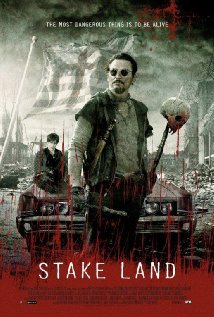
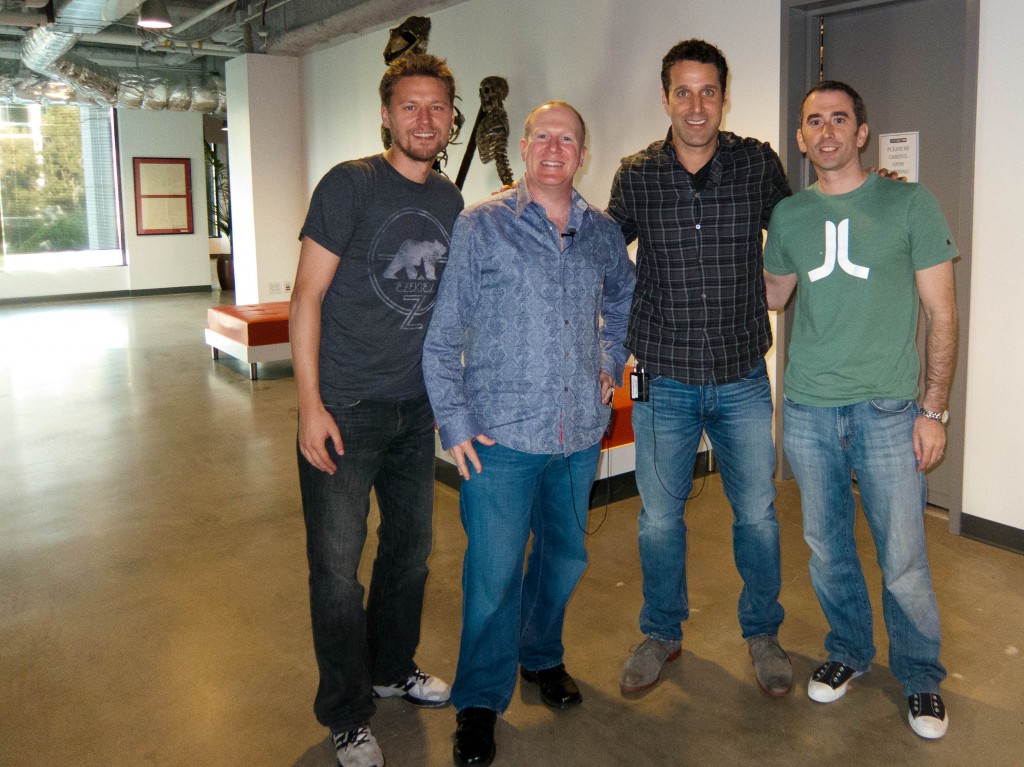
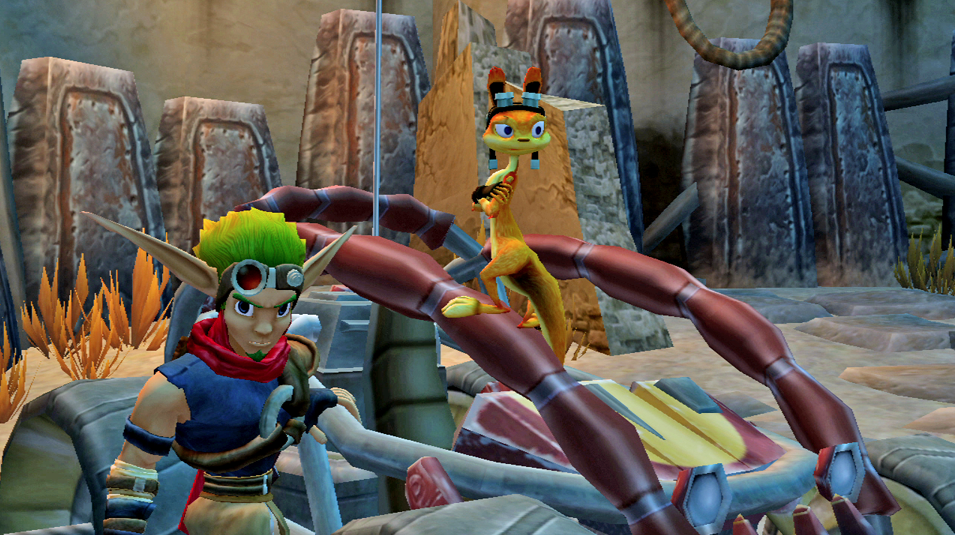
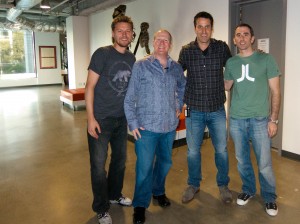
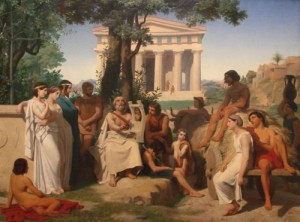
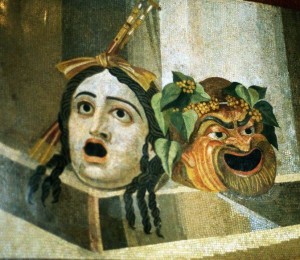
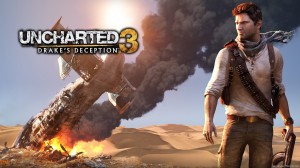
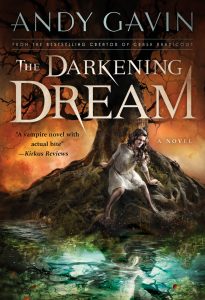
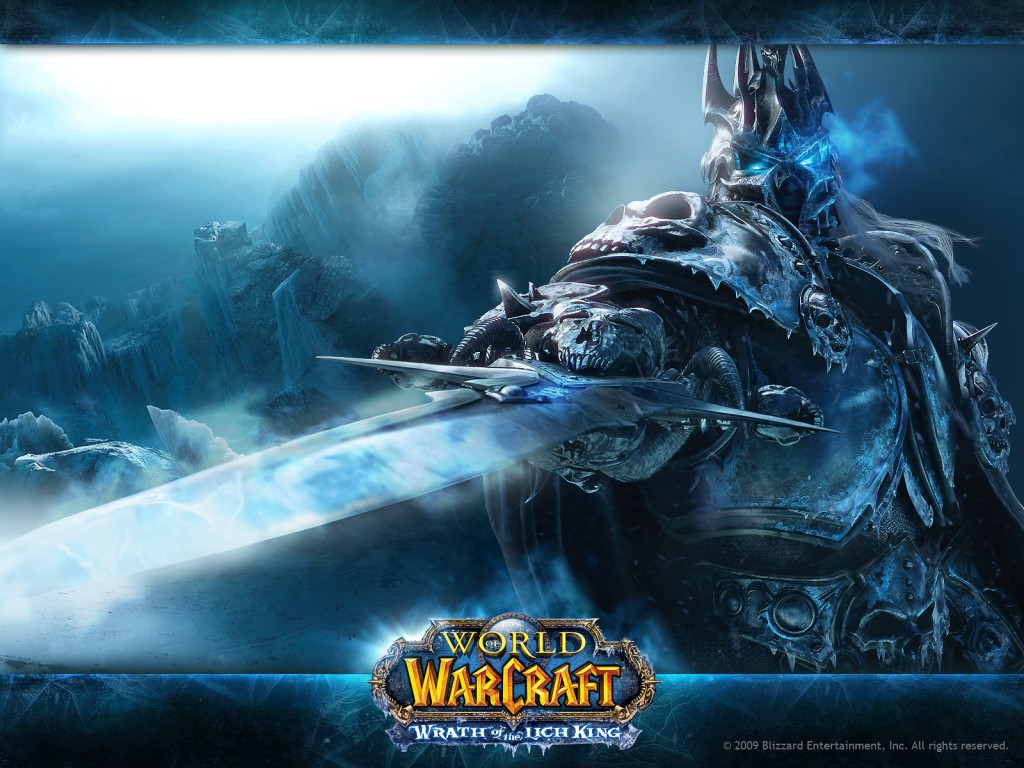
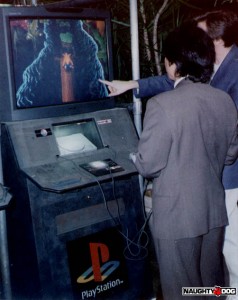
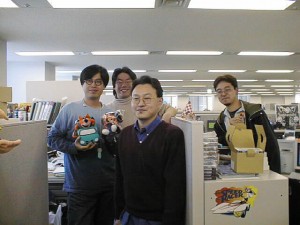
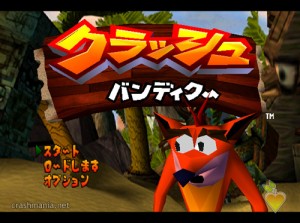
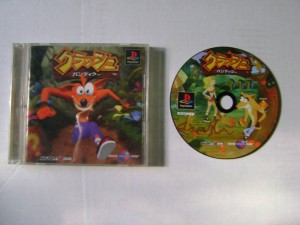
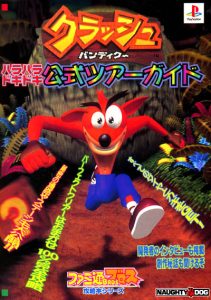
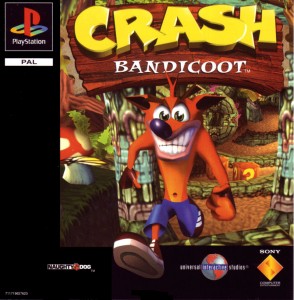
![Crash_Bandicoot_Spanish_Dvd_Slim_pal-[cdcovers_cc]-front](http://all-things-andy-gavin.com/wp-content/uploads/2012/01/Crash_Bandicoot_Spanish_Dvd_Slim_pal-cdcovers_cc-front-300x211.jpg)
